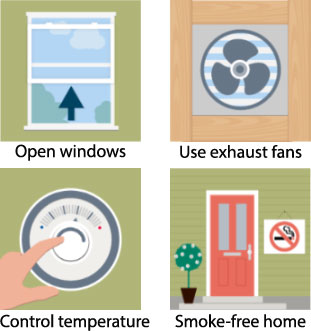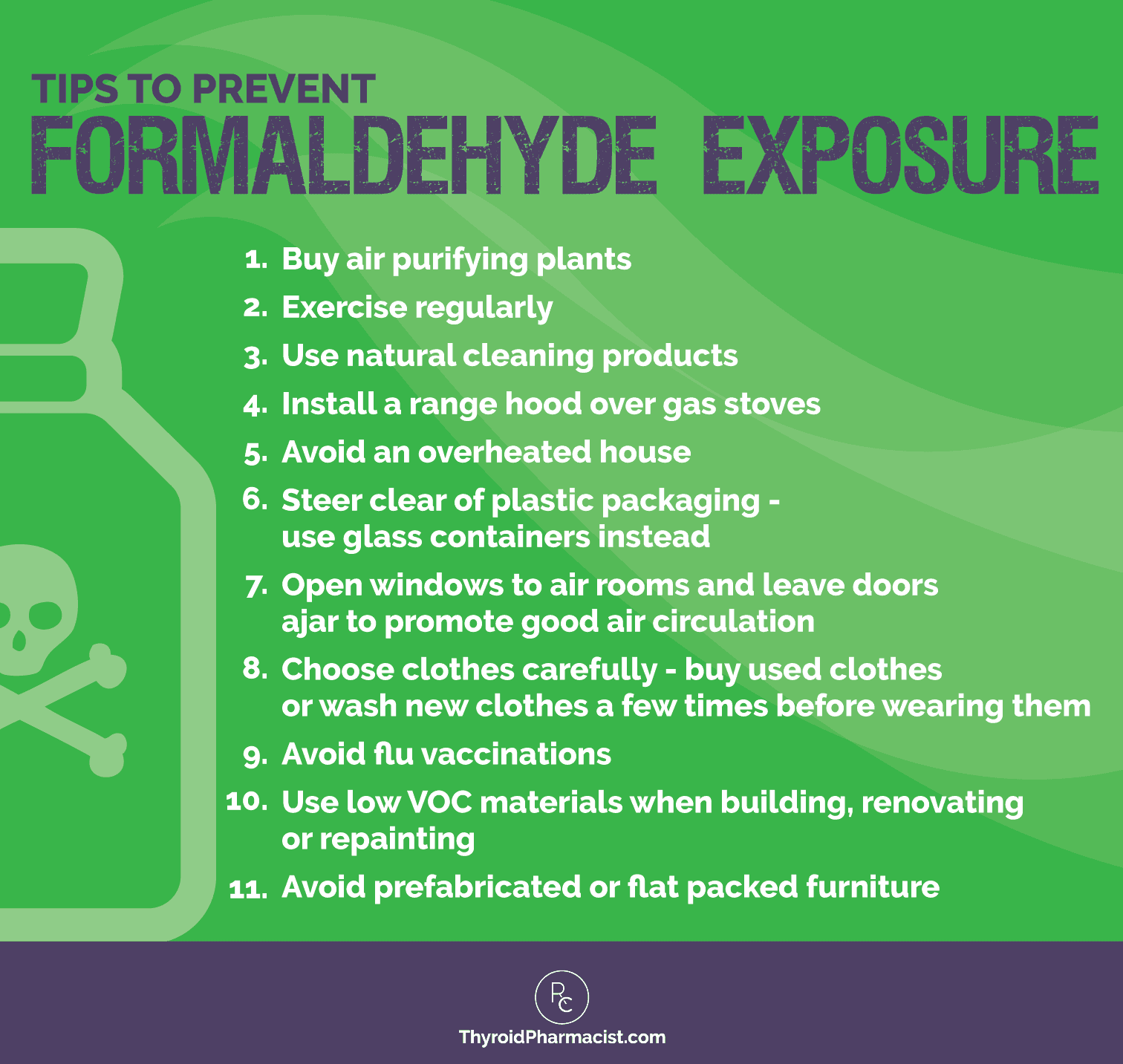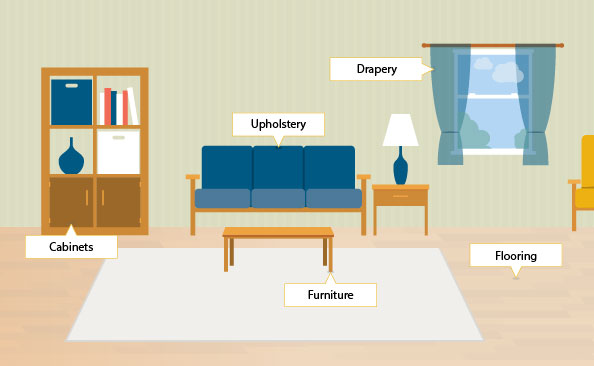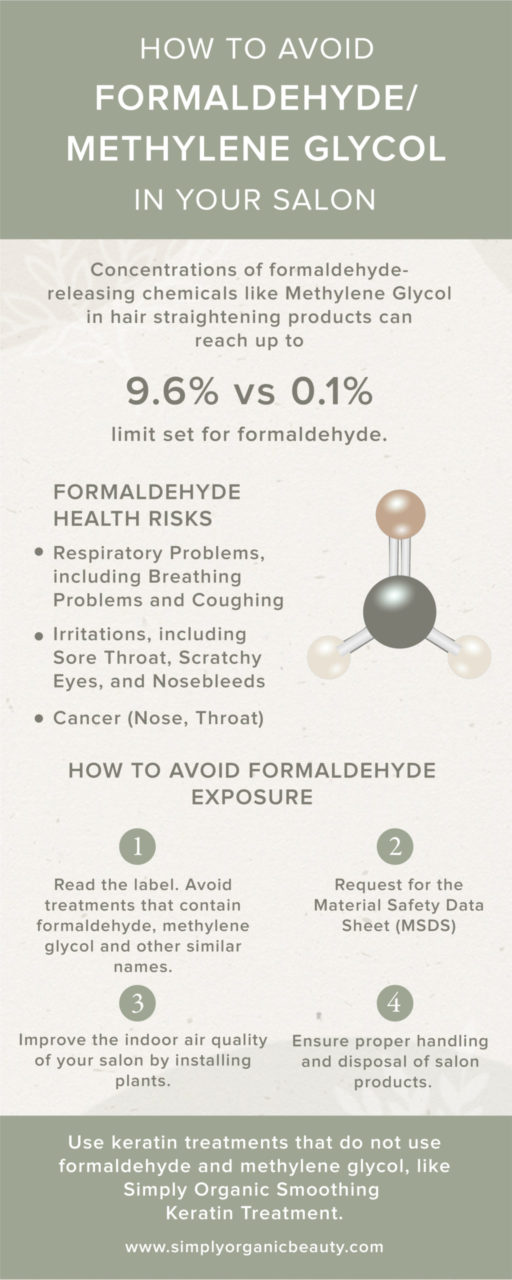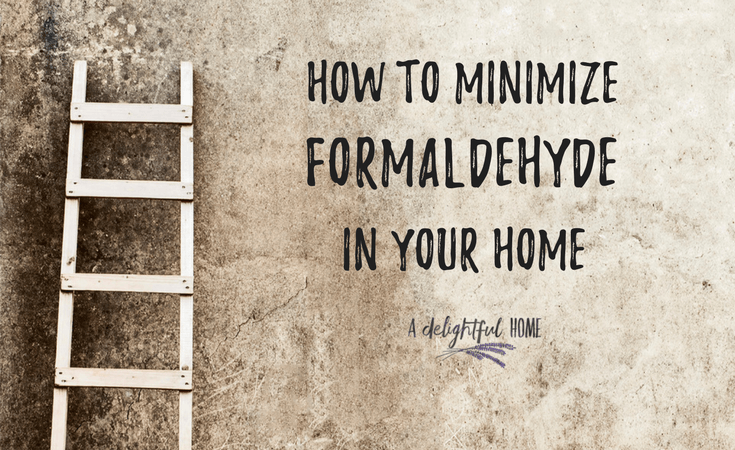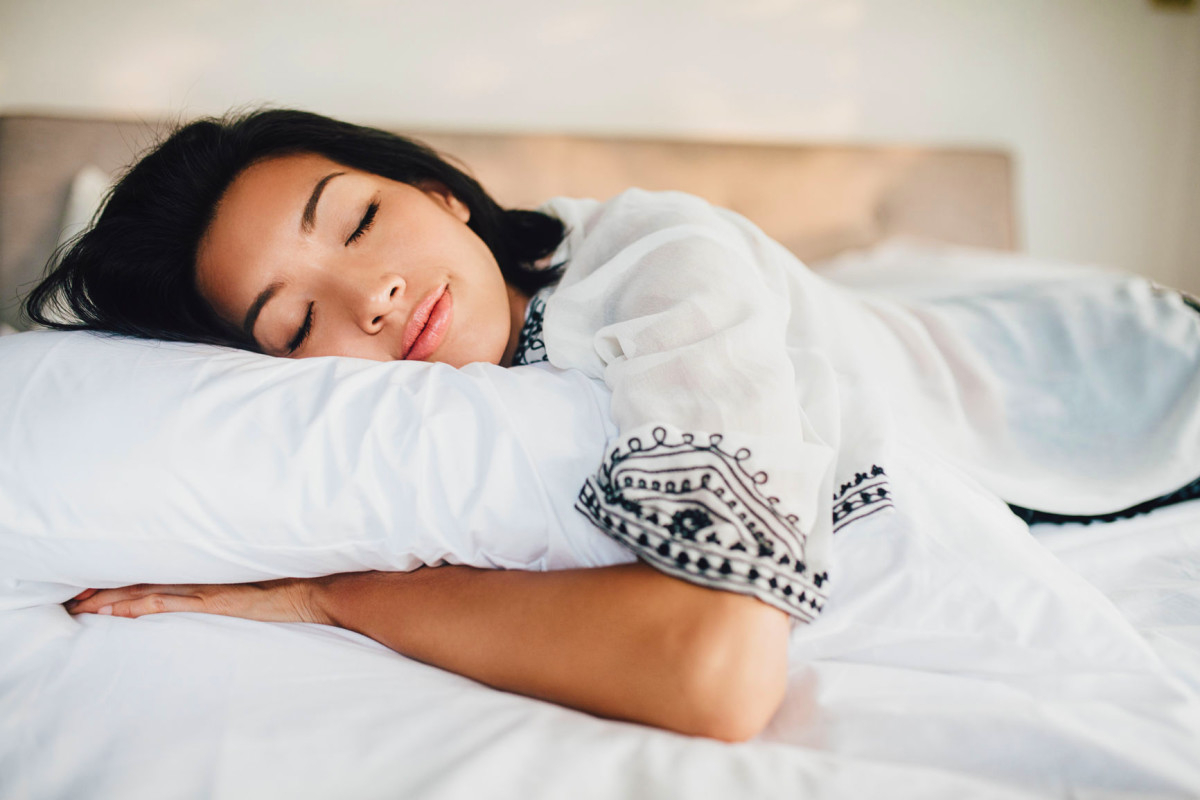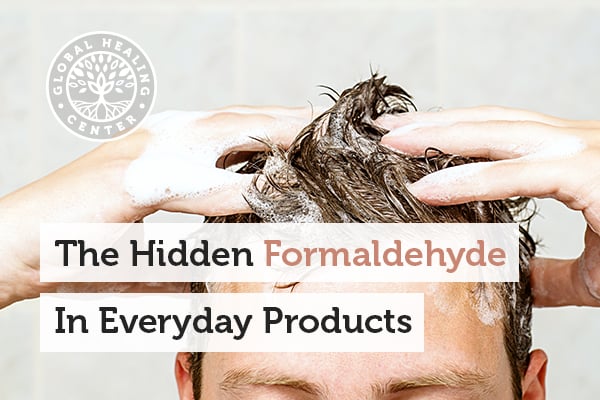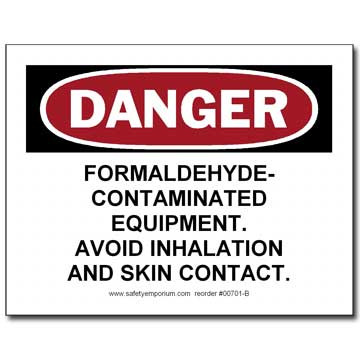First Class Info About How To Avoid Formaldehyde
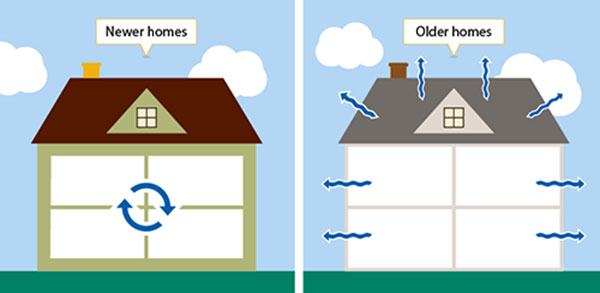
A new study presents evidence that some formaldehyde comes from flavorings.
How to avoid formaldehyde. Your furniture can be a significant source of formaldehyde. Exposure risks can be greatly reduced by (1) making sure that engineering controls such as chemical fume hoods, exhausted cabinets or containments are used, and (2) using proper. Add a cup of white vinegar to your rinse cycle to help wash out formaldehyde better.
Formaldehyde is used as an ingredient in some toilet paper brands. According to sunrise specialty, it is often added because it can improve the toilet paper’s wet strength,. Methods to avoid or minimise exposure to high levels of formaldehyde wear clothing made of 100% cotton, silk, polyester, nylon or acrylic;
Add borax to the laundry. What can i do to reduce or eliminate exposure? Air purifier can absorb, purify or convert various air pollutants (generally including pm2.5, dust, pollen, odor, decoration pollution such as formaldehyde, bacteria, allergens, etc.), and.
Nine ways to reduce household formaldehyde 1. These fabrics generally contain less. Open windows for a few minutes every few days to let in fresh air — unless you have asthma triggered by outdoor air pollution or pollen or you’re.
Establish a no smoking policy in your home. It also poses a cancer risk to the. These products give off less formaldehyde because they contain phenol.
Avoid bringing children to beauty salons where they may. Cigarettes and other tobacco products should not be used inside the home. First, protect yourself by talking to your employer or workplace’s safety officer to find out the formaldehyde exposure.
